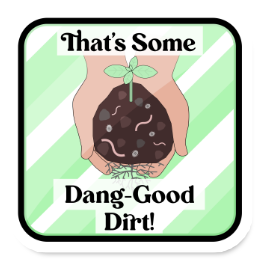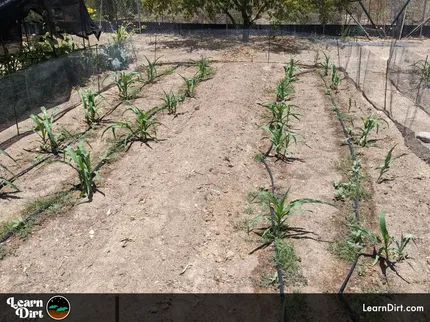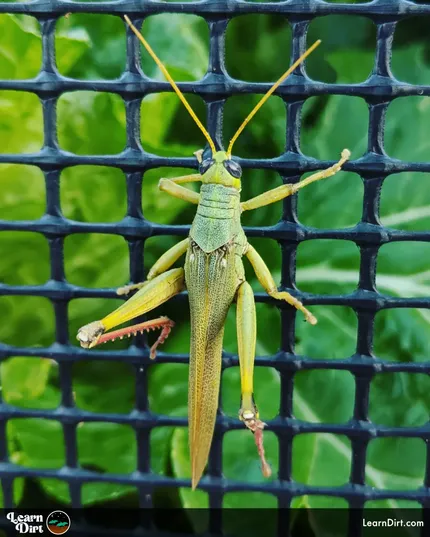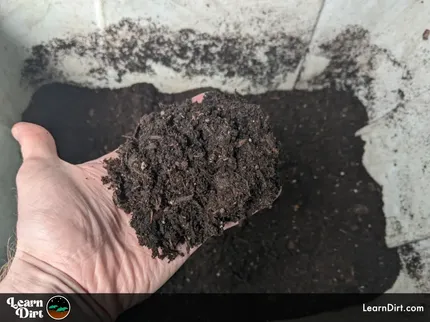Table of Contents
- Benefits of Living Mulch
- Living Mulch vs. Green Manure
- Common Living Mulches
- Unconventional Living Mulches
* Our articles never contain AI-generated slop *
Broadly speaking, living mulch is any plant which is grown intentionally to cover and protect soil.
Just as there are a wide variety of decomposing mulches to cover and protect your soil, so too are there numerous living mulches to grow.

Benefits of Living Mulch
Living mulch blankets your soil with a protective layer that keeps the sun off, holds moisture in, and shields your microbiome from harm.
Disclaimer: This post may contain affiliate links. Refer to the privacy policy for more information.
It also suppresses weeds, reduces erosion, feeds the microbiome, promotes biodiversity, and builds healthy soil. What's not to love!?
Weed Suppression
Living mulch is a great way to reduce weed pressure in your garden, by creating a thick blanket which helps block sunlight needed for weeds to take hold.
This can be especially helpful if you're leaving your garden unattended for any length of time to travel or when life gets busy.
Reduce time and effort needed to keep your garden weed-free, or come back from vacation to a carpet of living mulch instead of a carpet of weeds.
Erosion Reduction
Once you've built great soil, the last thing you want is for it to erode away with the wind and rains.
Living mulch provides the network of roots that will hold soil in place through wind and rain. A mulch layer will lock in moitsure to prevent it from drying up and blowing away.
Join The Grower's Community
A FREE, friendly forum
where you can ask questions,
swap tips, and meet like-minded growers 🌱
Check It Out!
Additionally, maintaining living roots in the soil rather than allowing beds to be fallow will provide the continuous carbon source needed to feed to microbiome. Soil health depends on microbiome health, and if there are not living roots in your soil it will quickly die and erode away.
Living mulch is a great way to always keep roots in your soil so that it stays health and alive!
Increased Biodiversity
Check out our article on the Importance of Garden Biodiversity to learn more.
Soil Improvement
Keep Direct Sun off Soil
UV exposure not only increases the rate of evaporation from soil, it can also kill beneficial nematodes and make your soil unwelcoming for microbes and beneficial soil-born critters.
Cover and protect your soil with a living mulch to keep harsh sunlight off, especially in sunny and hot climates where exposed soil is suscpetible to strong solar radiation.
Feed the Microbiome
All plants act as carbon pumps, pulling CO₂ from the air, photosynthesizing it into solid-form carbon-based sugars (saccharides), and emitting it from the roots as root exudates.
An estimated ~70% of the carbon which plants produce is pumped down into the microbiome to feed the soil food web.
When there are living roots in the soil, the microbiome is being fed carbon. When soil is left fallow and bare, the microbiome begins to die off.
Living mulches simultaneously protect soil, while also feeding it the carbon it needs to thrive.
To learn more about soil improvement, check out this guide to Building Great Soil.
Living Mulch vs. Green Manure
While living mulch and green manure are both grown with the intention of improving soil, there are a few key differences:
Living Mulch provides erosion control, shades the soil, and continues to produce carbon via root exudates which feed the soil.
Living mulch is generally grown through the growing season, often undercropped below main crops. For this reason, low-growing crops are the go-to for living mulch, and slower-growing covers are also great.
Green Manure refers to plants which are specifically grown in order to be chopped and mulched or worked into soil.
Green manure is often grown in the interim or off-season between main crop cycles, which means fast-growing covers and tall crops are preferred for green manure. Nitrogen-fixers are also a key staple when you plant to chop them for soil nutrient increase.
Common Living Mulches
The following living mulch cover crops are commonly used, and any will work well as long as they grow in your climate and your intended season.
Unconventional Living Mulches
These cover crops are not so commonly-used and may be unconventional - but at the end of the day any crop which grows low and covers soil densely will make a great living mulch.
That's all for now, thanks for reading!
If you have any questions, comments, or would like to connect with fellow gardeners, head on over to the forum and post there.




![Don't Till Away Your Carbon [Neon]](/media/product_images/dont-till-away-your-carbon-[neon]_shirt_260x260.png)






















